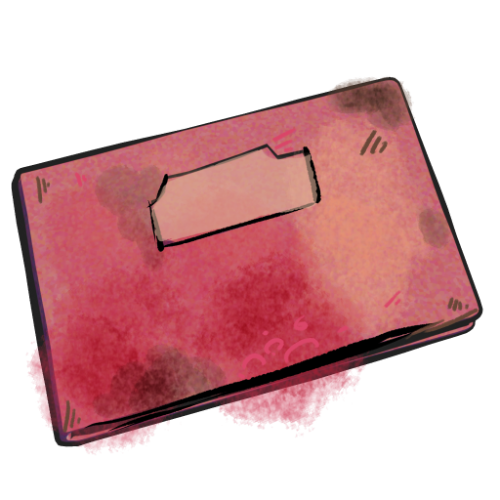
After gradually making its way in the years before, the Bubi or Bubenkopf (a popular youth hairstyle) could no longer be stopped in Vienna starting in 1924. What had been an isolated phenomenon transformed into a highly discussed and heatedly debated mass phenomenon. (…)
But why was the new hairstyle such a “hot” topic? The reason lay primarily in the radical way it challenged the established notions of femininity. Until then, long hair and femininity had formed a very stable unit: it was seen as a “natural” characteristic of the female sex, an essential element of female beauty and sexual appeal. Throughout history, women had rarely worn short hairstyles, and they had never been a mass phenomenon. Around 1800, the Titus-style haircut gained some popularity not only among men but also among certain women. Around 1900, some of the first women’s rights activists and feminists cut their long hair to express their emancipation efforts and critique of prevailing standards of femininity. Likewise, the early advocates of women’s sports called for more practical and low-maintenance clothing and hairstyles. (…)
After the end of the monarchy and the proclamation of the republic, which brought significant legal and social changes for women (including women’s suffrage and new educational and professional opportunities), the time was ripe for a new ideal of womanhood. The term “new woman” referred to a modern female type for the democratic 20th century, one who no longer confined her interests and activities to household, marriage, family, and traditional areas of paid work, but also developed her own life perspectives and conquered previously male-dominated spheres. This was also reflected in her outward appearance: The “new woman” was not only emancipated, self-confident, and employed, but also slim, athletic, youthful, fashionable, and well-groomed.
Source: Wien Museum Magazin
